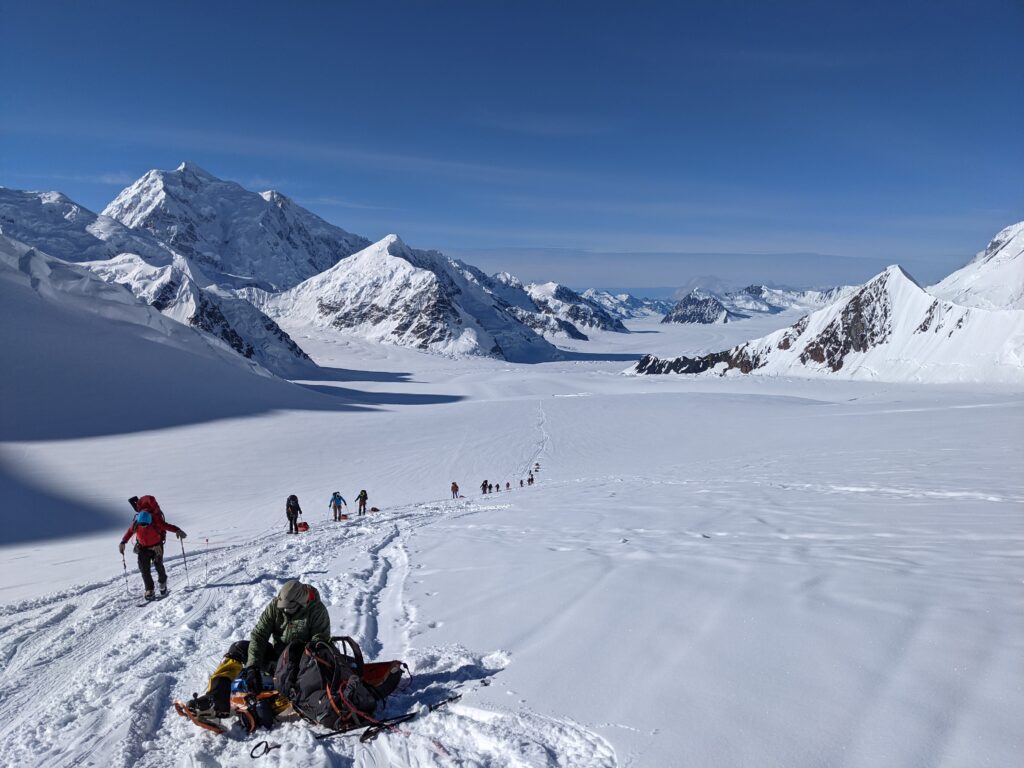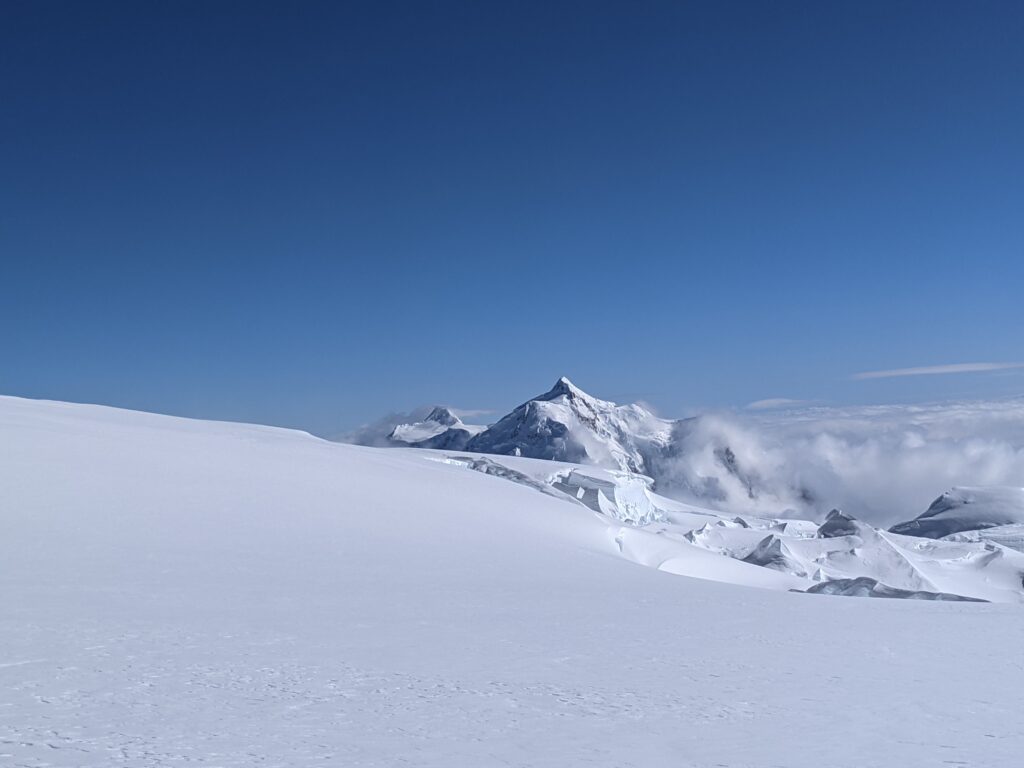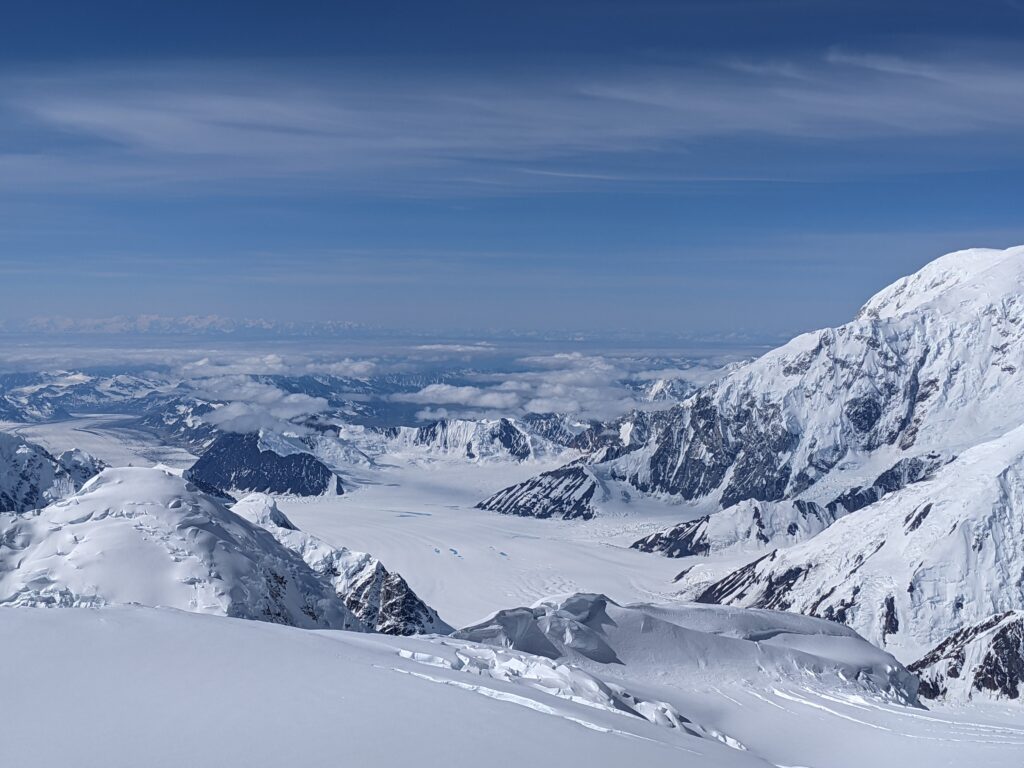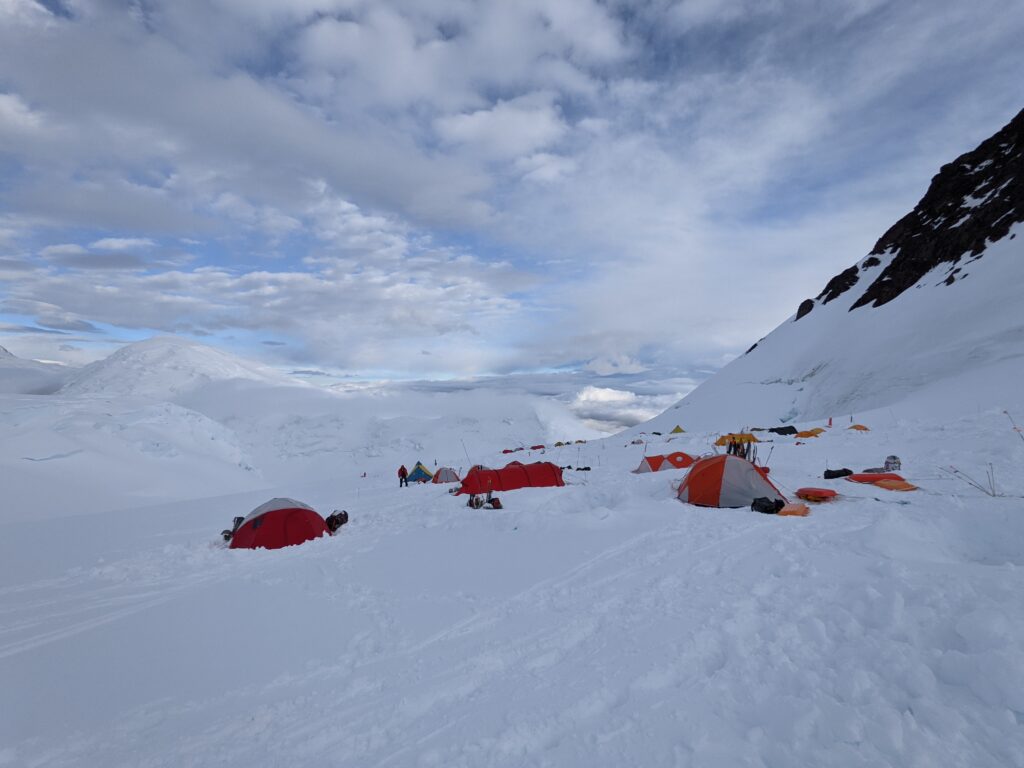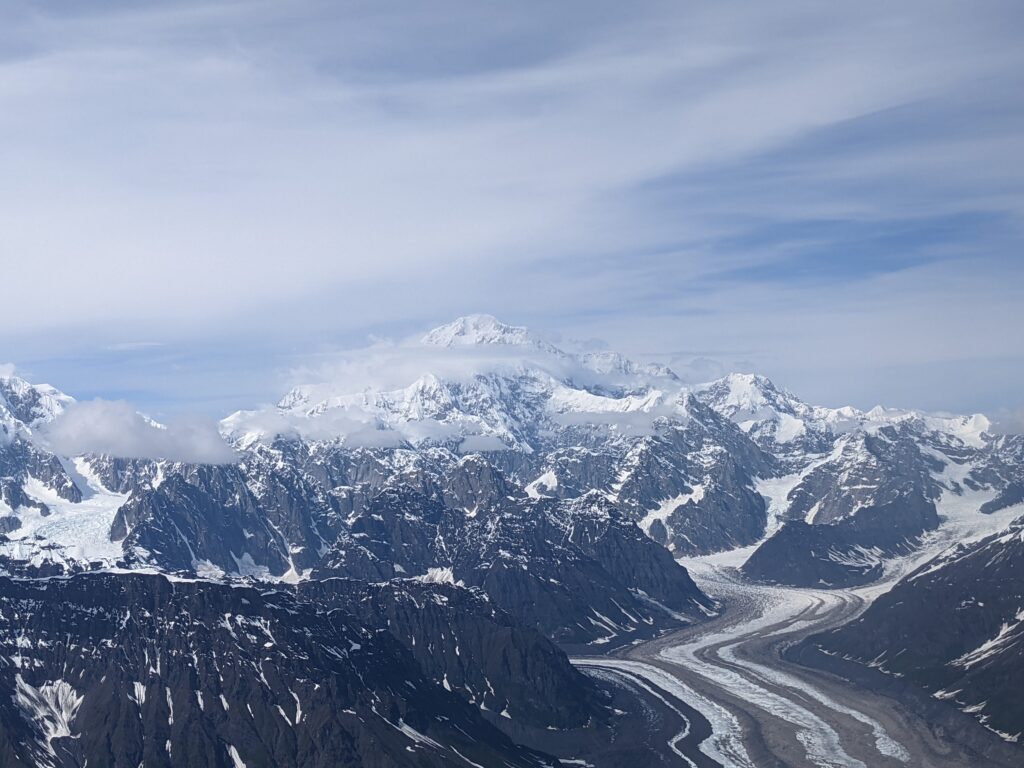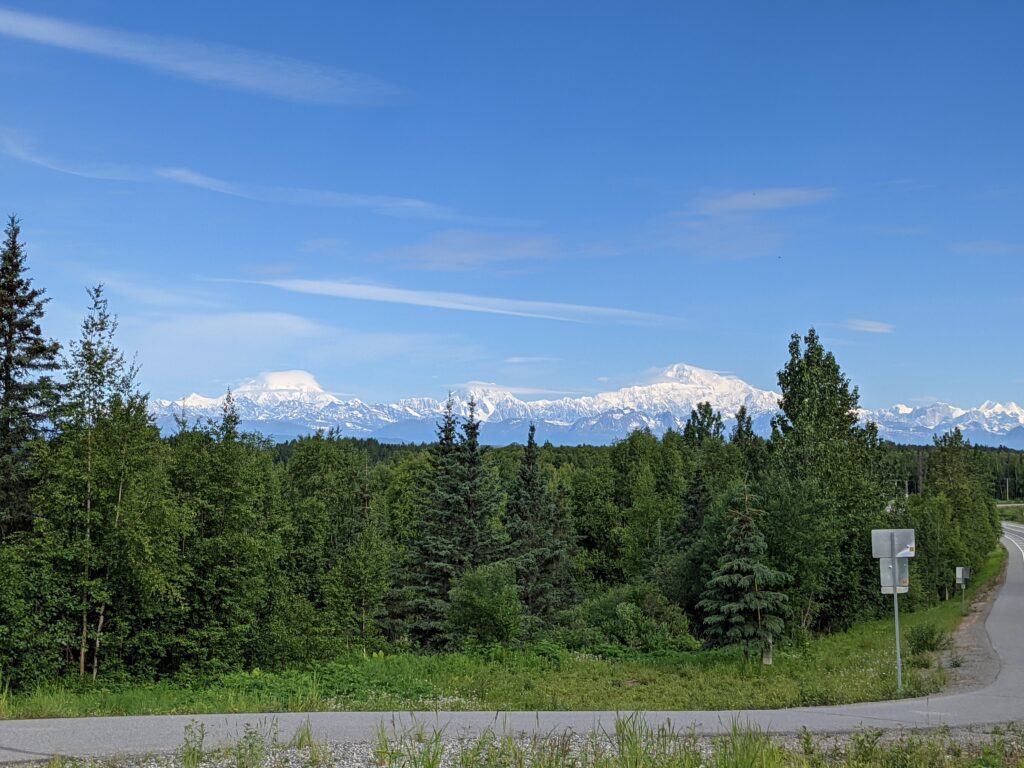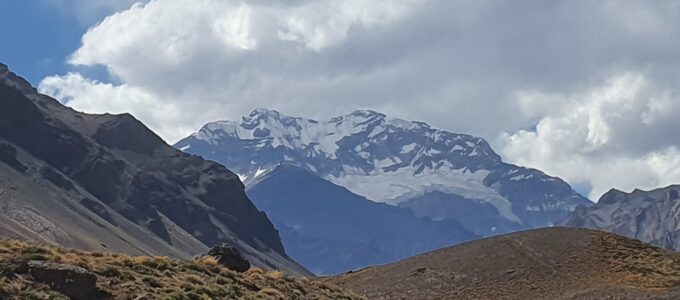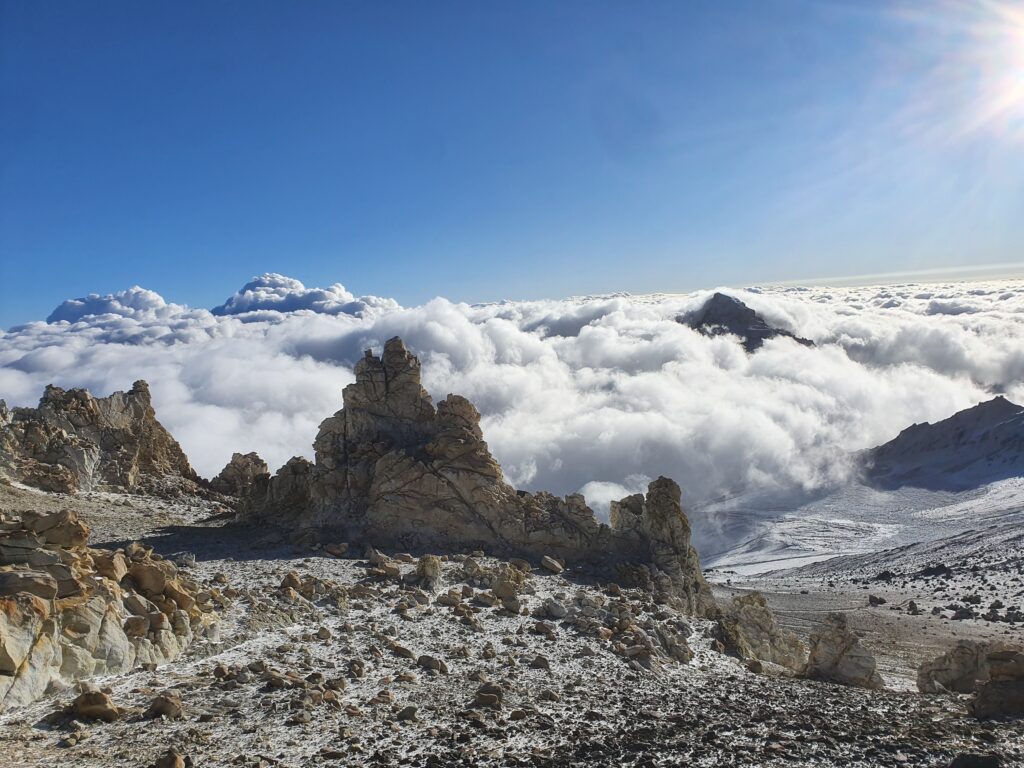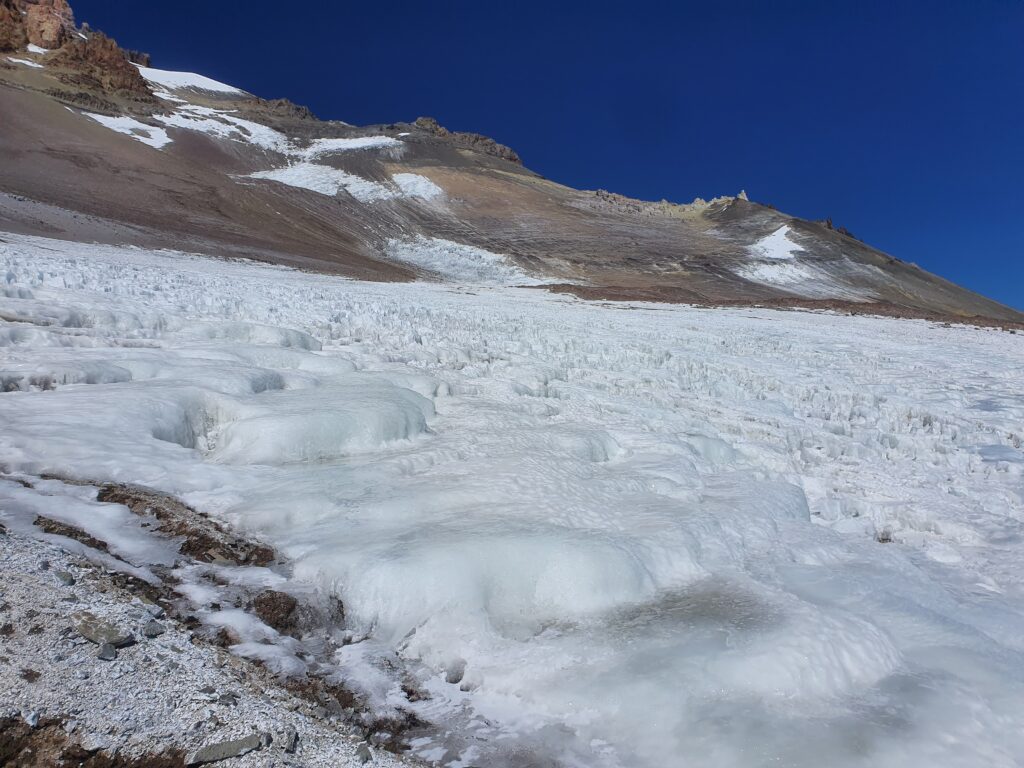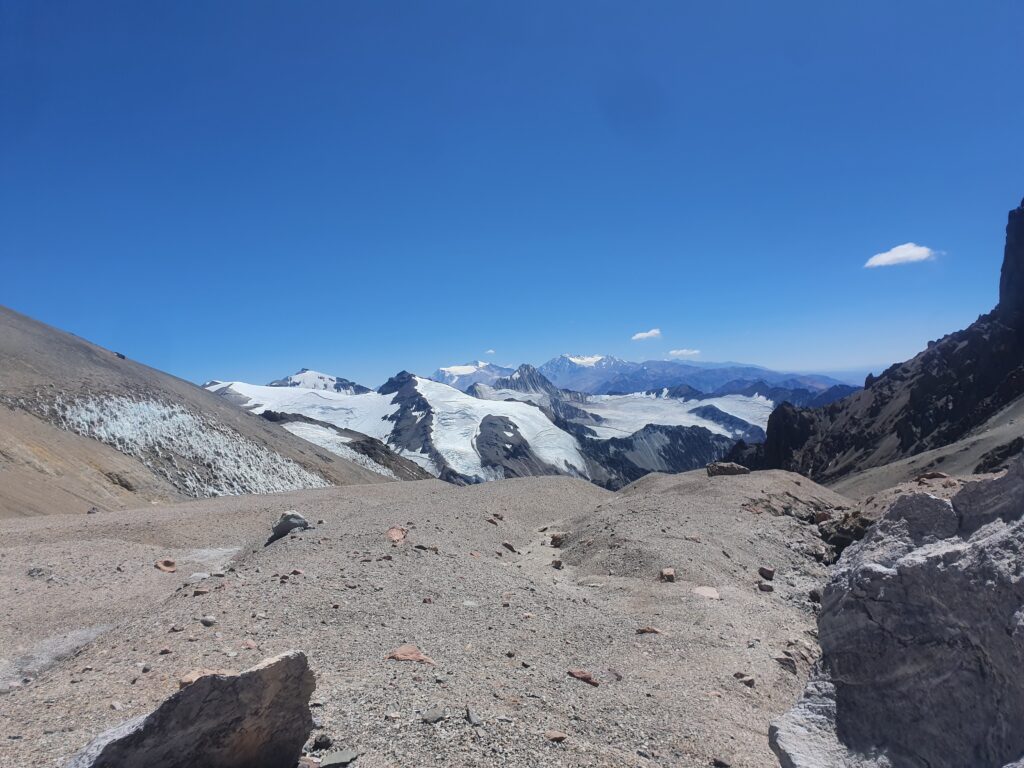Of the Seven Summits, there are two I am (was) particularly concerned about. Puncak Jaya (the Carstensz Pyramid) because of how technical it’s said to be, got me to start bouldering and practice moving around on more “exciting” rocky terrain. The other is Denali.
Moving on snow in a rope team for crevasse safety isn’t the issue. Climbing up on steep slopes or along knife-edge ridges with fixed lines isn’t the issue. Those are skills that you can “just” learn and they become another useful wrench in your toolbox. Having the physical fitness to load carry up to the 14000 (feet) camp was what worried me.
